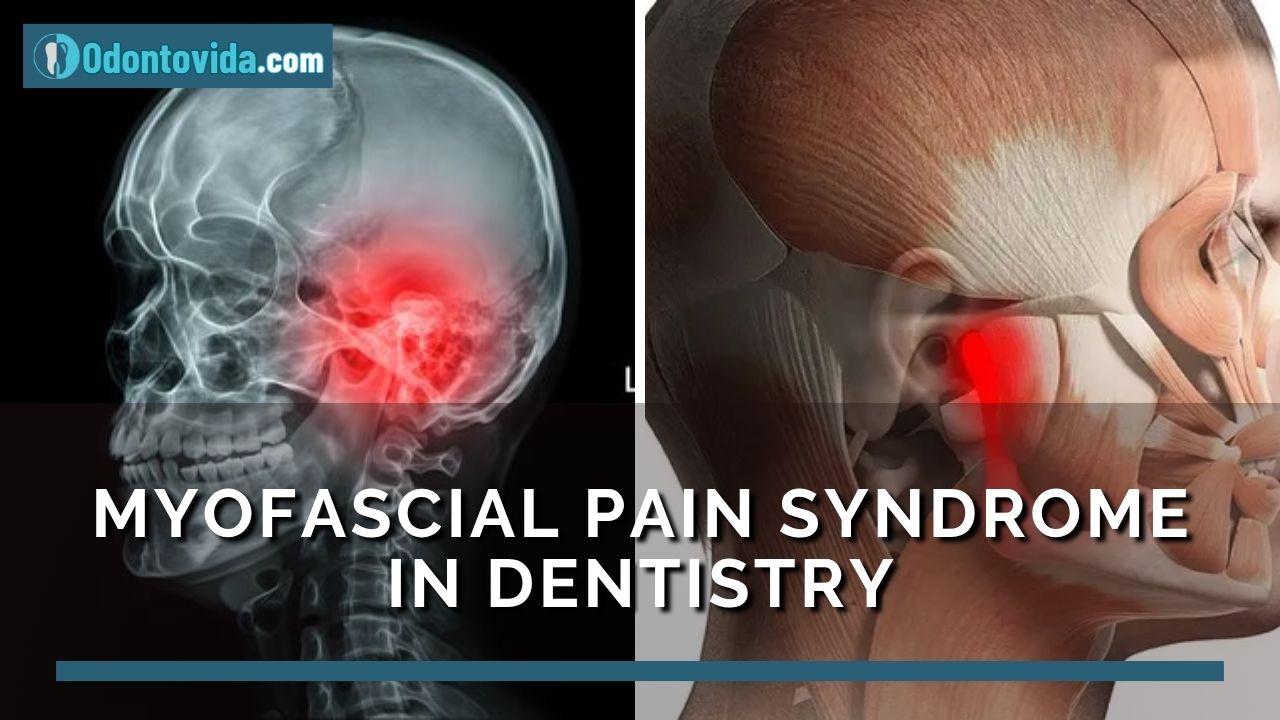Oral mucoceles are common benign lesions of the salivary glands, frequently encountered in pediatric dentistry. This article explores the clinical characteristics of mucoceles in children, current diagnostic approaches, and the surgical procedures recommended for effective management.
📌 Recommended Article :
PDF🔽 Marsupialization of a large mandibular cyst in a pediatric patient - Clinical Case ... Various techniques are used to surgically remove the mandibular cyst, enucleation when the cyst is small, or marsupialization when it is large.✅ Introduction
Mucoceles are mucous-filled cystic lesions primarily resulting from trauma to minor salivary glands. They commonly appear in children and adolescents, particularly on the lower lip. While they are benign and painless, their recurrence and interference with oral functions can necessitate surgical intervention. Early identification and appropriate treatment are essential to prevent complications and ensure optimal oral health outcomes.
Advertisement
✅ Clinical Characteristics
➤ Etiology
Oral mucoceles typically arise from:
° Extravasation: due to trauma or biting, leading to mucin leakage into surrounding tissues.
° Retention: due to ductal obstruction causing mucous accumulation.
➤ Common Features in Pediatric Patients:
° Location: Predominantly on the lower lip, but may also appear on the buccal mucosa, ventral tongue, or floor of the mouth (ranula).
° Appearance: Bluish, translucent, and fluctuant swelling.
° Size: Ranges from a few millimeters to over 1 cm.
° Symptoms: Usually asymptomatic but may interfere with speech, chewing, or aesthetics.
📌 Recommended Article :
PDF🔽 Guide for the surgical management and oral pathology of the pediatric patient ... Some of the pathologies that we can frequently find in children that need surgical procedures are: supernumerary and impacted teeth, congenital cysts, mucoceles.✅ Diagnosis
Diagnosis is primarily clinical, but additional tools may be required in atypical presentations:
° Clinical Examination: Inspection and palpation to assess size, consistency, and mobility.
° Ultrasound or MRI: For deeper lesions such as plunging ranulas.
° Histopathology: Confirms diagnosis post-excision.
📌 Recommended Article :
PDF🔽 Oral Surgery: Use of laser in lingual frenectomy in pediatric patients ... Among the benefits of using laser in frenectomy are: a quick surgical procedure, and a shorter and less painful post-operative period.✅ Surgical Management
Surgical intervention is the preferred treatment for persistent or recurrent mucoceles.
➤ Common Techniques:
1. Conventional Excision
° Complete removal of the lesion along with associated salivary gland tissue.
° Local anesthesia is sufficient for most pediatric patients.
° Suturing may be required depending on the lesion's size.
2. Marsupialization
° Typically used for large ranulas.
° Involves unroofing the lesion and suturing the edges of the mucosa to the surrounding tissue.
3. Laser Surgery
° CO₂ or diode lasers offer minimal bleeding and faster healing.
° Suitable for cooperative pediatric patients.
4. Micro-marsupialization
° A conservative technique for younger children with high recurrence rates.
➤ Postoperative Care
° Soft diet and good oral hygiene.
° Analgesics for discomfort.
° Follow-up to monitor for recurrence.
📌 Recommended Article :
PDF🔽 Mucocele in Pediatric Dentistry: Clinical and pathological characteristics ... The presence of a mucocele may be due to trauma or ductal obstruction. The treatment is surgical and anesthesia is local, but depending on the behavior of the pediatric patient it can be performed with general anesthesia.💬 Discussion
Oral mucoceles are frequently misdiagnosed or underestimated in pediatric populations. Due to their benign nature, some clinicians may prefer observation; however, surgical management offers definitive resolution and histopathological confirmation. Recurrence may occur if the associated glandular tissue is not entirely removed. Laser techniques show promise in reducing intraoperative bleeding and improving healing times, making them especially useful in pediatric dentistry.
💡 Conclusion
Oral mucoceles in pediatric patients, though benign, can impact oral function and quality of life. A comprehensive clinical evaluation followed by surgical excision remains the gold standard for treatment. Pediatric dentists must be familiar with both conventional and advanced surgical approaches to provide optimal care.
📚 References
✔ de Pontes, F. S., Neto, F. B., de Sousa, F. B., de Carvalho, M. G. F., & de Moraes Ramos-Perez, F. M. (2020). Clinical-pathological study of 206 cases of oral mucoceles in a Brazilian population. Medicina Oral, Patología Oral y Cirugía Bucal, 25(5), e566–e570. https://doi.org/10.4317/medoral.23368
✔ Azenha, M. R., Bueno, R. B., & Silva, T. M. (2019). Management of oral mucoceles in pediatric patients: A review and case report. Journal of Clinical and Experimental Dentistry, 11(6), e571–e575. https://doi.org/10.4317/jced.55873
✔ Baurmash, H. D. (2003). Mucoceles and ranulas. Journal of Oral and Maxillofacial Surgery, 61(3), 369–378. https://doi.org/10.1053/joms.2003.50071
📌 More Recommended Items
► Dentigerous cyst in mixed and primary dentition. Diagnosis and surgical treatment
► Surgical excision of mucocele with local anesthesia in an 8-month-old baby
► Webinar - Minor Oral Surgery in Pediatric Dentistry







